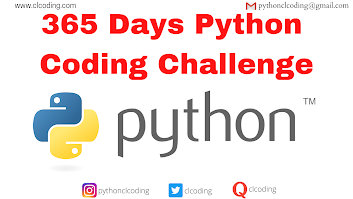Microsoft Excel has long been the go-to tool for data analysis and reporting, but the recent integration of Python has revolutionized how we work with spreadsheets. With the introduction of the =PY function, Excel users can now harness the power of Python directly within their worksheets, unlocking new possibilities for data manipulation, automation, and advanced analytics.
What is =PY in Excel?
The =PY function in Excel enables users to run Python code within a cell, just like any other formula. This means you can apply Python's powerful data processing libraries—such as Pandas, NumPy, and Matplotlib—without ever leaving the familiar Excel environment.
Benefits of Using Python in Excel
Advanced Data Analysis: Perform complex calculations, data transformations, and statistical analysis using Python’s robust libraries.
Automation & Efficiency: Automate repetitive tasks like data cleaning, filtering, and formatting with a few lines of Python code.
Data Visualization: Create high-quality charts and plots using Matplotlib and Seaborn directly within Excel.
Machine Learning Capabilities: Implement predictive models and AI-driven analytics with Scikit-learn.
Seamless Integration: Combine Excel’s built-in functions with Python scripts for a hybrid, more powerful workflow.
How to Use Python in Excel
1. Enabling Python in Excel
To start using Python in Excel, ensure you have the latest version of Microsoft 365 with Python support enabled. Currently, this feature is rolling out to select users.
2. Running Python Code
Use the =PY function in a cell to execute Python code. For example:
=PY("import numpy as np; np.mean([1, 2, 3, 4, 5])")This will return the average of the list directly in your Excel sheet.
3. Working with Pandas
To create a simple DataFrame and display it in Excel:
=PY("import pandas as pd; df = pd.DataFrame({'A': [1,2,3], 'B': [4,5,6]}); df")This allows for more dynamic data analysis and transformation.
4. Visualizing Data
Generate plots within Excel using Python:
=PY("import matplotlib.pyplot as plt; plt.plot([1, 2, 3], [4, 5, 6]); plt.show()")Real-World Applications
Financial Modeling: Use Python for advanced calculations, risk analysis, and market predictions.
Data Cleaning: Automate missing value handling and outlier detection.
Sales & Inventory Management: Leverage Python for trend analysis and demand forecasting.
Scientific Research: Process and visualize large datasets more efficiently.
Conclusion
The integration of Python in Excel through =PY is a game-changer for data professionals, business analysts, and Python enthusiasts. It bridges the gap between traditional spreadsheet functionalities and modern data science, offering an unparalleled level of efficiency and analytical power. If you haven’t tried it yet, now is the time to explore the potential of Python in Excel!











.png)






















.png)






0 Comments:
Post a Comment